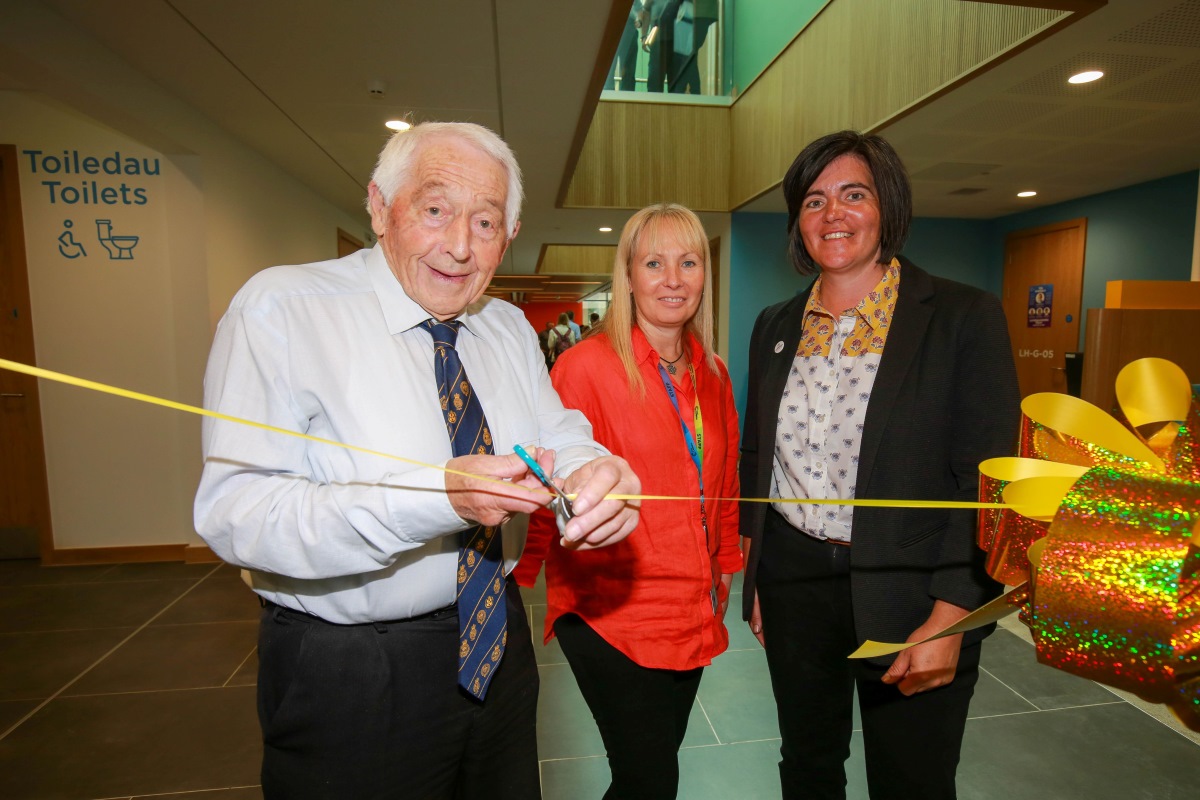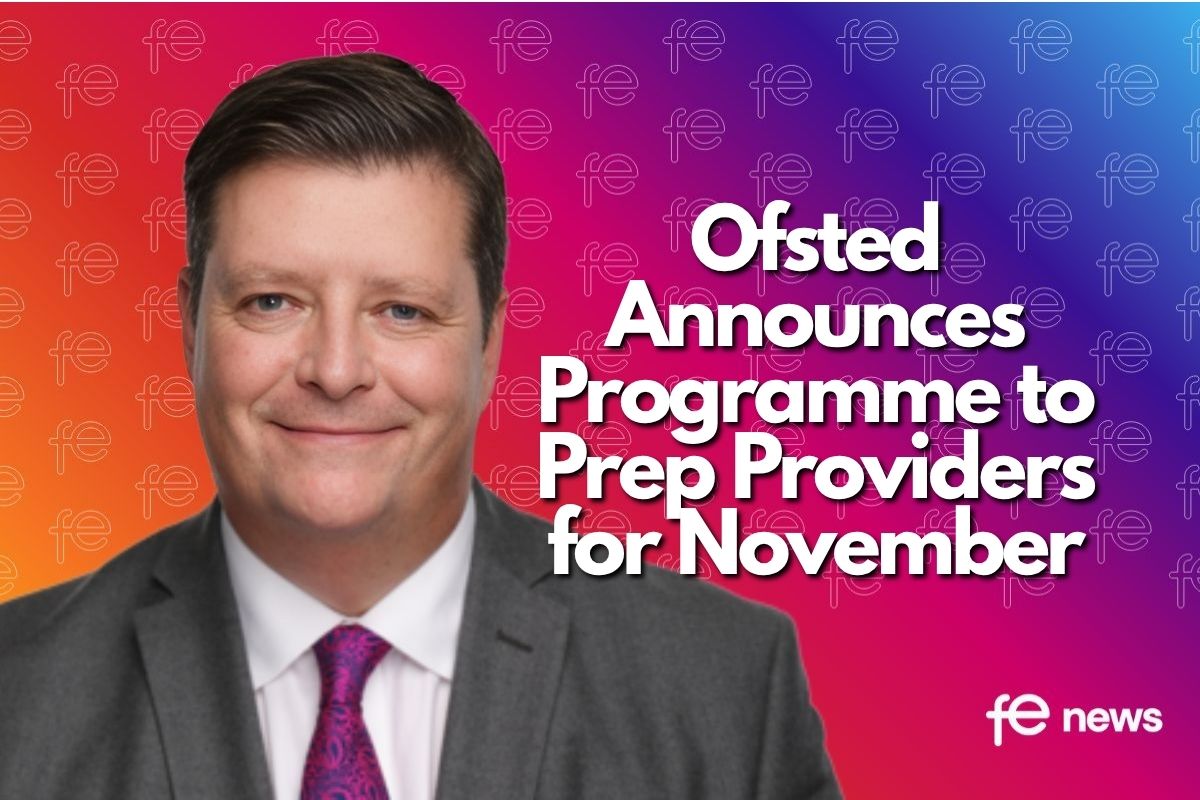Upskilling: the key to employee (and employer) satisfaction

At the start of 2023, we reflect on changes and practices that may help us improve our personal and professional lives. Among them, upskilling, which is a good way to nurture a sense of constant development and provide inspiration. Jay Fabian, GM of Instructure EMEA, discusses the benefits.
It’s no secret that 2023’s economic landscape is a challenging one. We are still dealing with the effects of the pandemic and, for the third year running, yearning for more “precedented” times.
Under such circumstances, people are re-evaluating their career decisions and their future job prospects – and many are dissatisfied. Earlier this year, research by Ipsos revealed that almost half (47%) of British workers are considering a job move, and job satisfaction overall remains low. The reasons for this are diverse and often very personal, from changing financial needs to simple curiosity in the face of new opportunities. Yet, the fact remains that many of us want more out of our professional lives. So what needs to change, and what can we do to get there?
Learning is happiness – happiness is learning
The question of job satisfaction is not a straightforward one, so there is no single way to “fix” the problem. But one of the important factors behind unhappiness at work is the (sometimes perceived, often very real) lack of learning and development. Plenty of research, as well as personal experiences from young professionals, has shown that the constant intellectual stimulation the framework of education provides is often absent from work. This can lead to feelings of stagnation and aimlessness. Crucially, there is also evidence that the experience of learning and appropriating new skills is a key driver behind better self-esteem and higher levels of contentment.In parallel, higher levels of happiness lead to improved performance. It truly is a “virtuous cycle” that many people find themselves missing out on.
Of course, a lot of us are improving on the day-to-day, getting better at doing what we do and, hopefully, achieving success as a result. But we are not dedicating time specifically to learning and development. Our efforts are focused on honing the same existing skillset, rather than jumping into something new outside our comfort zone. That can have us looking for new things beyond the realm of our jobs.
Employer view on the lack of upskilling
An unhappy workforce is hardly beneficial to good business, but the issue here runs even deeper. Offering professional development and growth is key to retaining top talent. Good people often have a need to become even better, and if they feel like they have reached a ceiling at their current place and stop feeling inspired, they will very likely look for a new challenge.
From a wider business perspective, the current competitive marketplace often forces organisations to curb unnecessary costs – and often, investing in employee training is what takes the back seat. In such a situation, hiring new talent or calling on temporary contracts to fill the skills gap often seems like the sensible option. In fact, when compared with the time, costs and effort required to onboard new talent, and considering the willingness of most people to acquire new skills, investing in your existing workforce is undoubtedly the best course of action. The “Help To Grow” initiative launched earlier this year, which saw Instructure support an upskilling partnership aimed at SME owners, is a tangible example of how investing in education benefits both business health and employee satisfaction.
Moving forward and adopting the right perspective
Numerous as the benefits of upskilling are, there are few organisations that do it right. It is often put on employees as yet another task, something they have to do outside of their normal work hours for the benefit of the business, risking the performance and results of their existing responsibilities.
If we want to make upskilling a success, it needs to be seen as truly additive not just on the long-term, but in the day-to-day, so people get a feeling of accomplishment and understanding that they are learning. While lengthy videos or written content can be ineffective, interactive and engaging educational material helps make the process more fulfilling. Approaching the thorny problem of upskilling starts with something as simple as providing the right resources that inspire people to return to the lifelong journey of learning.












Responses